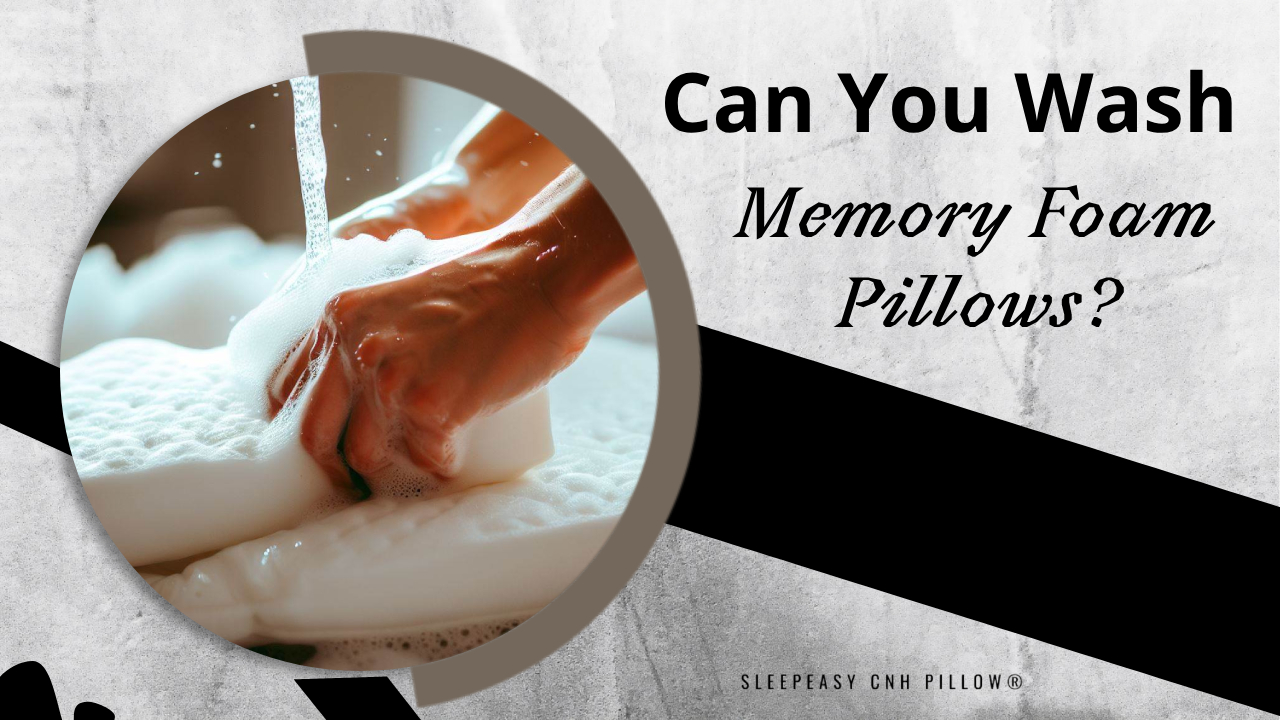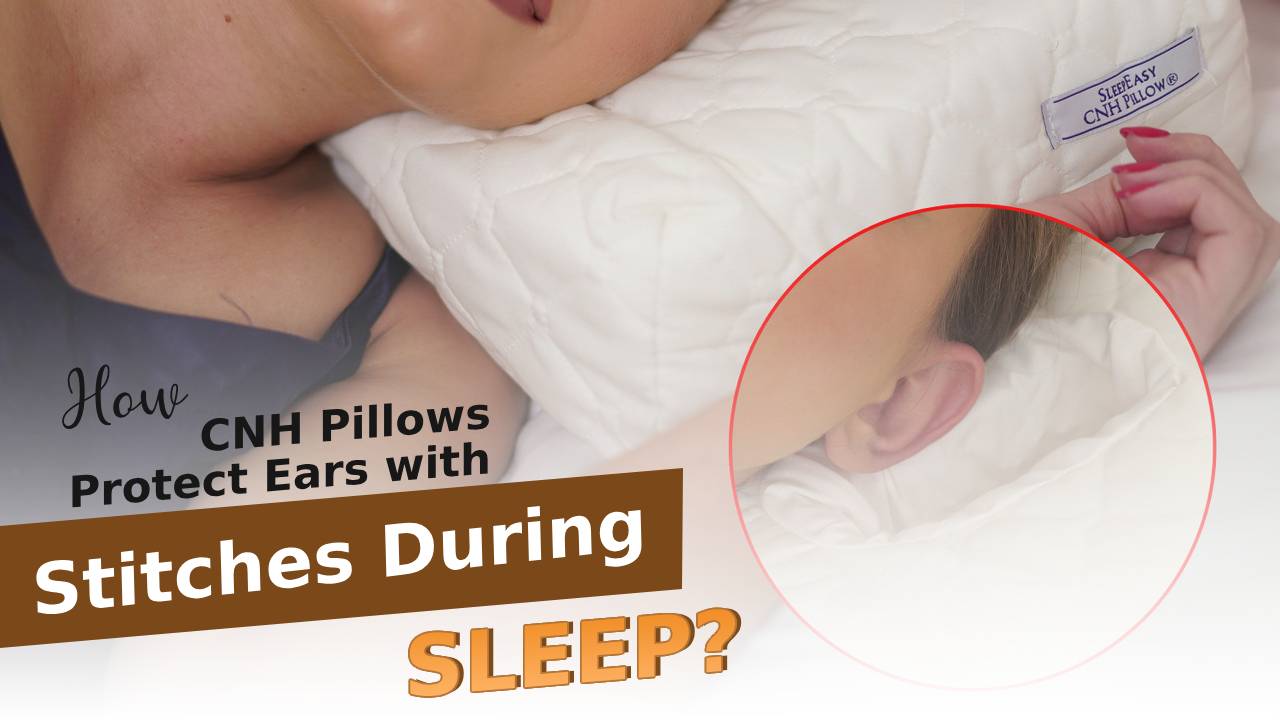Can You Wash Memory Foam Pillows?
Posted by Dr. Cannon on Feb 16th 2023
Yes, you can clean memory foam pillows, but not by tossing them in the washing machine. Memory foam is delicate and can lose its shape or structure if it's soaked or agitated. At CNH Pillow, we recommend spot cleaning stains, gently hand washing, and thoroughly air drying to preserve the pillow’s integrity. With the right care, your memory foam pillow will stay fresh, hygienic, and supportive for years. In this guide, CNH Pillow walks you through the proper steps to wash and maintain your memory foam pillow without compromising its comfort and performance.
Memory foam pillows are a game-changer for anyone seeking a peaceful, restful night's sleep. But without proper care, even the best pillow can turn into a breeding ground for odors, sweat, and dust mites kind of like leaving a sponge in the sink for too long.
So, can you wash memory foam pillows without ruining their shape and support? While memory foam is naturally hypoallergenic and resistant to dust mites, it can still absorb sweat, skin cells, and bacteria over time. That’s why it’s important to clean your memory foam pillow 2 to 3 times a year to keep it fresh, hygienic, and supportive.
With the right care, you can extend the life of your memory foam pillow and maintain a clean, healthy sleep environment. In this guide, we’ll walk you through how to clean, deodorize, and deep clean your memory foam pillow step by step so it stays as fresh and fluffy as the day you bought it.
How to Wash a Memory Foam Pillow
To keep your memory foam pillow clean, fresh, and long-lasting, it’s important to follow a few essential steps for spot cleaning, deodorizing, and deep cleaning all without damaging the foam’s structure or support.
Step 1: Identify the Stain
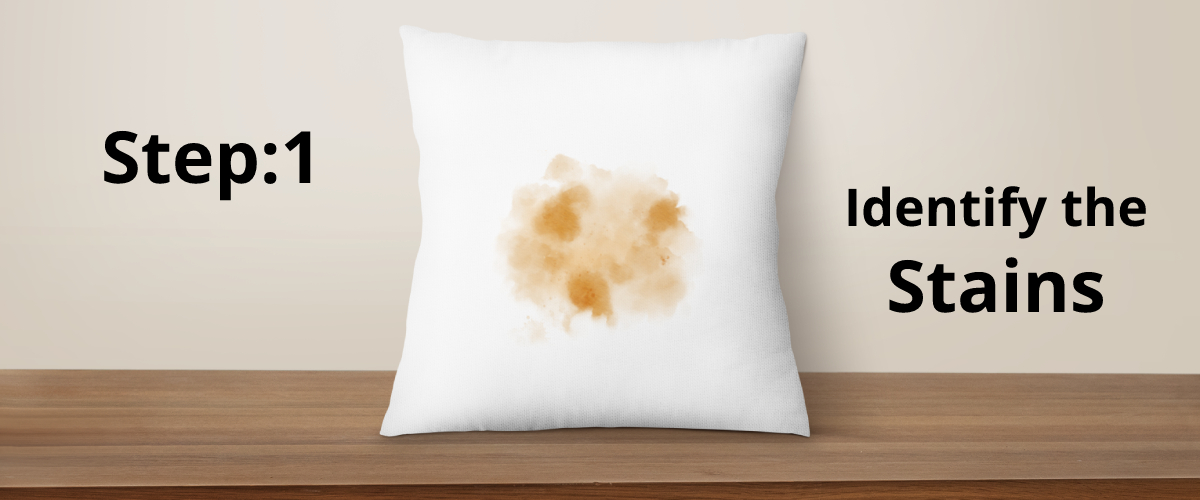
- Read the care label thoroughly for any specific instructions or warnings from the manufacturer.
- Check for special cleaning guidelines related to memory foam some may restrict soaking or machine washing.
- Locate the stain and gently blot the area with a clean, dry cloth to begin lifting surface residue.
- Avoid using hot water or high heat, as it can damage the foam’s structure.
- Always use the lowest heat setting possible if drying is required later in the process.
Step 2: Tackle Stains Head-On
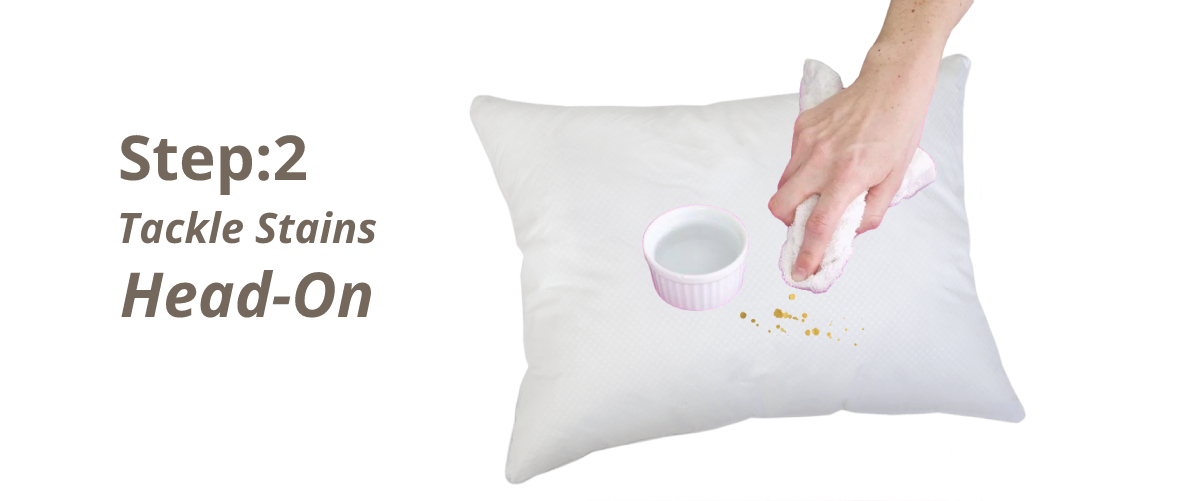
- Mix a small amount of mild detergent with water to create a gentle cleaning solution.
- Dampen a soft cloth with the solution — avoid soaking the foam.
- Gently blot the stained area, focusing on lifting the stain without rubbing.
- For tougher stains, use a mix of equal parts water and white vinegar.
- Blot again with a clean, damp cloth to remove any residue.
- Allow the pillow to air dry completely before using it again.
Step 3: Deodorize the Foam Naturally

- Gently brush off or vacuum any loose dirt or debris from the pillow’s surface.
- Evenly sprinkle baking soda across the entire pillow to neutralize odors.
- Let it sit for 15 to 20 minutes, allowing the baking soda to absorb moisture and smells.
- Vacuum thoroughly using a low-suction upholstery or handheld attachment.
- Alternatively, you can shake the pillow outdoors to remove the baking soda if a vacuum isn’t available.
- For an extra burst of freshness, lightly spray a fabric-safe freshener like Febreze (optional).
Step 4: Wash the Pillow Cover

- Check the care label instructions for the pillow cover.
- If the cover is machine washable, remove it from the pillow.
- Machine wash the cover in cold water using a gentle cycle.
- Dry the cover on a low heat setting or as per the care label instructions.
- clean the spot of non-machine washable cover using mild detergent and damp cloth.
- Gently scrub any stains or soiled areas and allow the cover to air dry completely.
Step 5: Deep Clean the Memory Foam

- Fill a bathtub or large basin with cold or lukewarm water — never hot, as it can damage the foam.
- Add a small amount of mild, gentle detergent and stir to create a soapy solution.
- Fully submerge the pillow in the water, ensuring it’s completely soaked.
- Gently squeeze and release the foam to help the detergent penetrate and lift out dirt and oils.
- Drain the soapy water, then refill the tub or sink with clean water.
- Repeat the squeezing process until all detergent is rinsed out and the water runs clear.
Note: Always handle the foam with care avoid twisting or wringing, which can tear or deform the material.
Step 6: Dry the Pillow Thoroughly
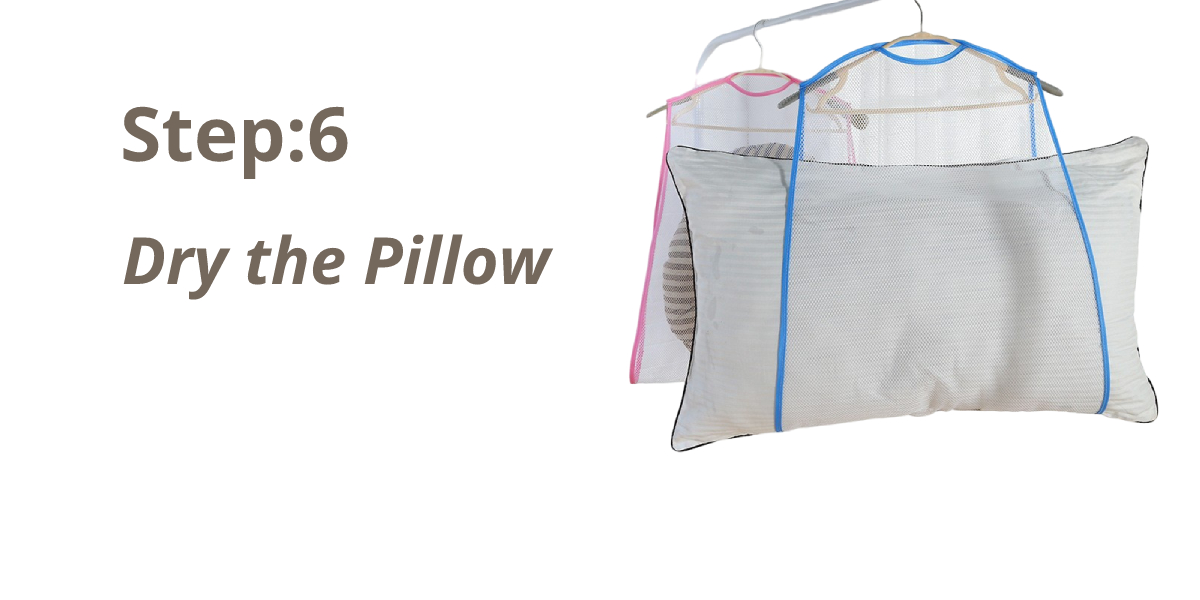
- Gently press the pillow to release as much excess water as possible — avoid wringing or twisting.
- Place the pillow flat on a clean, dry towel.
- Roll the towel and pillow together, applying light pressure to absorb additional moisture.
- Repeat this rolling and blotting process with fresh, dry towels 2–3 times as needed.
- Once most of the moisture is removed, lay the pillow flat on a clean, dry surface or towel.
- Air-dry in a well-ventilated area for at least 24 hours, flipping occasionally for even drying.
Note: Keep the pillow away from direct sunlight, heaters, or tumble dryers — excessive heat can damage the memory foam.
Step 7: Fluff and Reshape the Memory Foam

- Gently knead the foam with your hands to help it regain its original shape and softness.
- Roll the pillow between your palms to evenly redistribute the foam inside.
- For extra fluffiness, you can tumble the pillow on low heat in the dryer with a couple of clean tennis balls or dryer balls.
- Check the pillow regularly during drying to avoid overheating or damaging the foam.
- Pat and shake the pillow to ensure the foam is evenly spread and shaped.
- Once fluffed and fully dry, enjoy your clean, refreshed, and supportive memory foam pillow!

What to Avoid When Washing a Memory Foam Pillow
To keep your memory foam pillow in top condition, it’s important to avoid common mistakes that can damage its structure and reduce its lifespan:
- Hot Water: Avoid using hot water, as it can break down the foam and cause it to lose its shape and softness. Instead, stick to cool or lukewarm water (90–110°F / 32–43°C).
- Bleach or Harsh Chemicals: Bleaching agents and strong cleaners can discolor and degrade the foam. Always use a mild, gentle detergent.
- High Agitation: Excessive agitation — especially in top-load washing machines — can cause the foam to break apart or become misshapen. If machine washing is absolutely necessary, use a gentle or hand-wash cycle (if approved by the care label).
- Tumble Drying: High heat from dryers can cause the foam to shrink, warp, or crack. Always air dry in a well-ventilated area.
- Wringing or Twisting: Avoid twisting the foam to remove water. This can tear or permanently deform the material. Instead, press gently between towels to absorb excess moisture.
Conclusion:
Cleaning memory foam pillows isn’t complicated, it just requires gentle care and the right technique. By following these simple steps, you can keep your pillow clean, odor-free, and supportive for years. Regular maintenance not only promotes better hygiene but also enhances sleep quality. And if you experience sleep issues like tinnitus, exploring how dense memory foam pillows can support restful, quiet sleep may offer valuable relief.
Frequently Asked Questions
Can changing my pillow reduce tinnitus symptoms overnight?
Switching to a more supportive or hypoallergenic pillow like those offered by CNH Pillow may help relieve pressure and improve sleep posture. However, tinnitus relief typically requires time and may involve other treatments in addition to pillow changes.
Are there specific pillow brands recommended for tinnitus sufferers?
While there’s no one-size-fits-all brand, some companies (including CNH Pillow) offer ergonomic, hypoallergenic, and pressure-relieving pillows that many tinnitus sufferers find helpful. The right pillow often depends on your sleep position, ear sensitivity, and comfort needs.
Does pillow temperature affect tinnitus symptoms?
Yes. Pillows that retain heat can increase discomfort and ear pressure, which may worsen tinnitus for some individuals. Opting for a cooling or breathable pillow can promote better airflow and improve comfort during sleep.
Can using multiple pillows worsen tinnitus?
Using more than one pillow can lead to poor neck alignment and increased pressure around the ears, which may aggravate tinnitus symptoms. A single, well-designed pillow with the right height and support is usually more effective.
Is tinnitus more common in side sleepers who use memory foam pillows?
Tinnitus itself isn’t caused by sleep position, but side sleepers using dense memory foam pillows may experience more ear pressure, especially if the pillow lacks an ear cut-out. For side sleepers, a pillow with an ear hole, such as those from CNH Pillow, can help reduce pressure and improve comfort.
